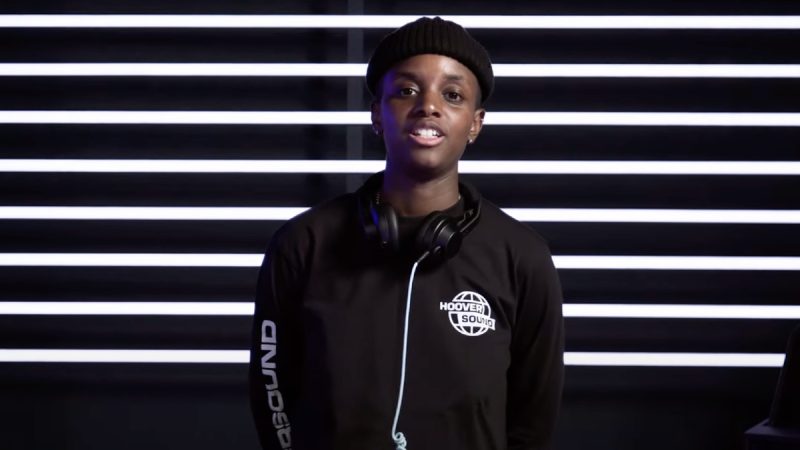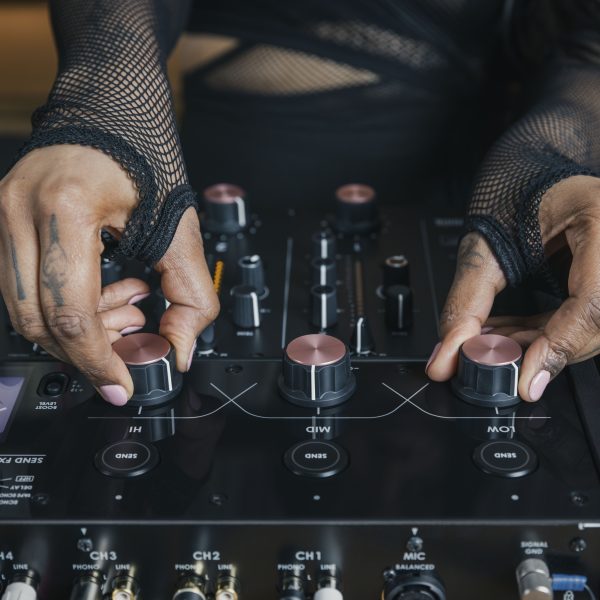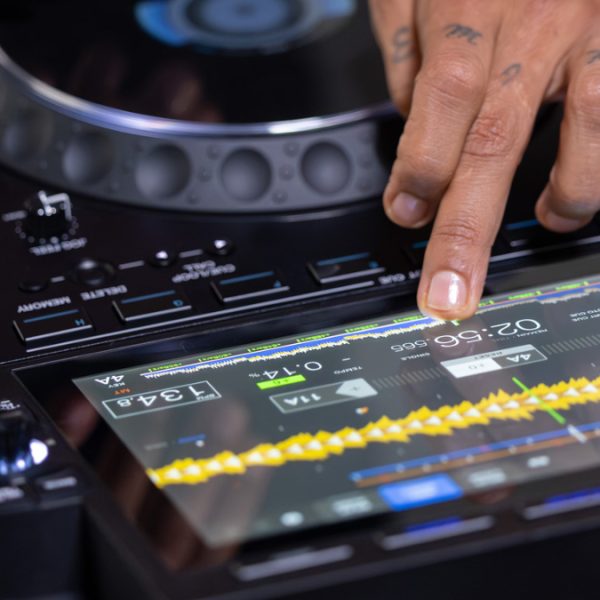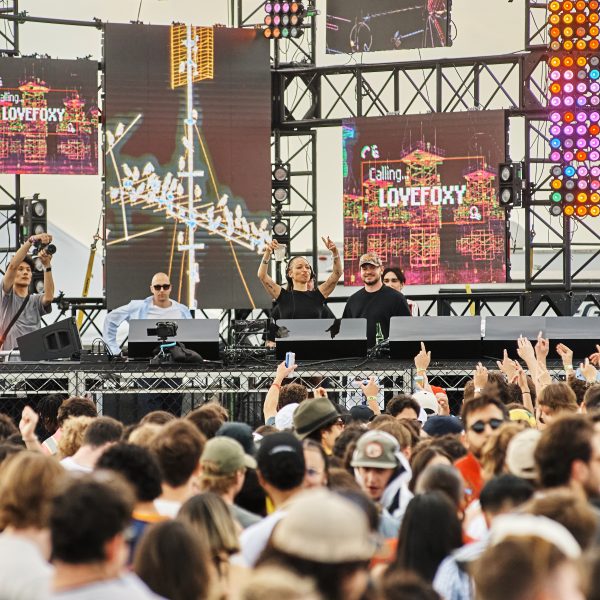6. Take a risk with Slip mode
“The other way that I like to do loops is sometimes to use the Slip,” says the BBC radio DJ Jamz Supernova. “The difference is that because you’re doing it so manually, it doesn’t always work. But sometimes I think when you’re DJing it’s nice to try stuff, the DJs I always admire are the ones who try stuff, even if it doesn’t work.”
If you’re unfamiliar with them, Slip mode or Slip loops are when you loop or scratch a track and it doesn’t lose its real-time play position. For example, if a DJ loops “1, 2, 3, 4” and then exits the loop, the next thing they hear will be “9, 10, 11, 12.” So the risk Jamz refers to here is that when you return to the real-time play position, it may or may not sound musically coherent and/or in time.
When it comes to how to use Slip, we like this take from DJ Carlo: “Using Slip mode is one of the funnest and easiest things to do when DJing—and I personally use it to show off.” As Carlo shows, a good place to start with Slip is a one-beat vinyl-break effect, practising the timing to release the effect on-beat. In Jamz’s example, she uses the Slip Loop on a CDJ as a release effect, briefly looping a vocal phrase before taking her finger off the touchscreen in time with the music. The exact applications of Slip will depend on the style of music you play, but it’s worth finding your own flow with it. As Jamz says, it’s an effect that can create standout moments, even (or especially) if it doesn’t go well.




